The Approach
No buzzwords. No mystery. Just a proven, flexible approach to creative problem-solving that’s been evolving since the early days of branding, advertising, and commercial design.
The Framework
At the core of my process is the Double Diamond model—originally developed by Alex Osborn (the "O" in BBDO) in the 1940s and later formalized by the UK Design Council. It breaks work into four stages:
Discover → Define → Develop → Deliver
Each stage alternates between divergent and convergent thinking—first exploring ideas, then narrowing in on the best solution. This keeps us focused on solving the right problem—and solving it well.
Layered in are Design Thinking modules(pioneered at Stanford and popularized by IDEO) to keep the process human-centred. This helps frame your brand not just in terms of what it is—but how it fits into the lives of your audience. Around the notions of “empathy”, for example.
There are all sorts of deviations and dalliances along the way in the form of immersive research exercises and insight-mining, but that is the core framework. Simple. But intense.
A Collaborative, Adaptive Approach
Don’t expect the creative outcomes to be saved for some "big reveal". I personally believe in the power of conversations over presentations—working closely as partners at each step of the process. You are the subject matter expert in your field; your strategic partners are here to guide, challenge, and co-create.
Discovery & Definition
Once your goals and the context of your situation are understood, the deep discovery phase begins. That includes:
Brand & Competitive Audit
Market Positioning Analysis
Stakeholder and User Insights
This leads us to a clear problem statement and helps surface early strategic directions.
Strategy Tools
We’ll work together to complete a Brand Strategy Canvas (created by Archer Malmo Ventures)—a fast, practical way to capture:
Vision, mission, and values
Audience segments and needs
Company or product features
Rational and emotional brand benefits
Key differentiators and KPIs
It’ll help us agree on and align with respect to Positioning,Brand Promise, Brand Personality, and the Key Messages that will envelope and define your brand.
Only once this foundation is solid, can it be distilled into a living, mutable Creative Brief—divergent creative thinking needs firm grounding. By this point, we all understand your “why”, your audience, and your unique value well enough to build something meaningful. The brief helps keep ship pointed in the right direction—with sails full but hand firmly on the rudder.
Concept & Validation
Next comes a working hypothesis: boilerplate and creative iterations on key messaging, tone of voice, customer journeys, a visual identity system, and initial tactical ideas. We can now start talking about how we get this in the market or initiate internal and external launch of the brand or tactics. The “what next” after the “what, so what, how, why, and why us”.
We’ll test concepts collaboratively, and where possible, in-market. This may include:
A/B testing
Analytics reviews
Small cohort or soft launches
Direct audience feedback
Performance metrics that your organization may already have in place
Real-world insights often beat lab-perfect theory.
Execution & Optimization
Before launch, there will be an audit of key conversion points—landing pages, forms, CTAs, etc.—to ensure that branding connects to results. Engagement is great, but tangible outcomes matter. We can figure out a plan for how to optimize or to create the most efficient and effective place for all this effort and investment to land so that is resonates with relevance and meets business or communication objectives.
